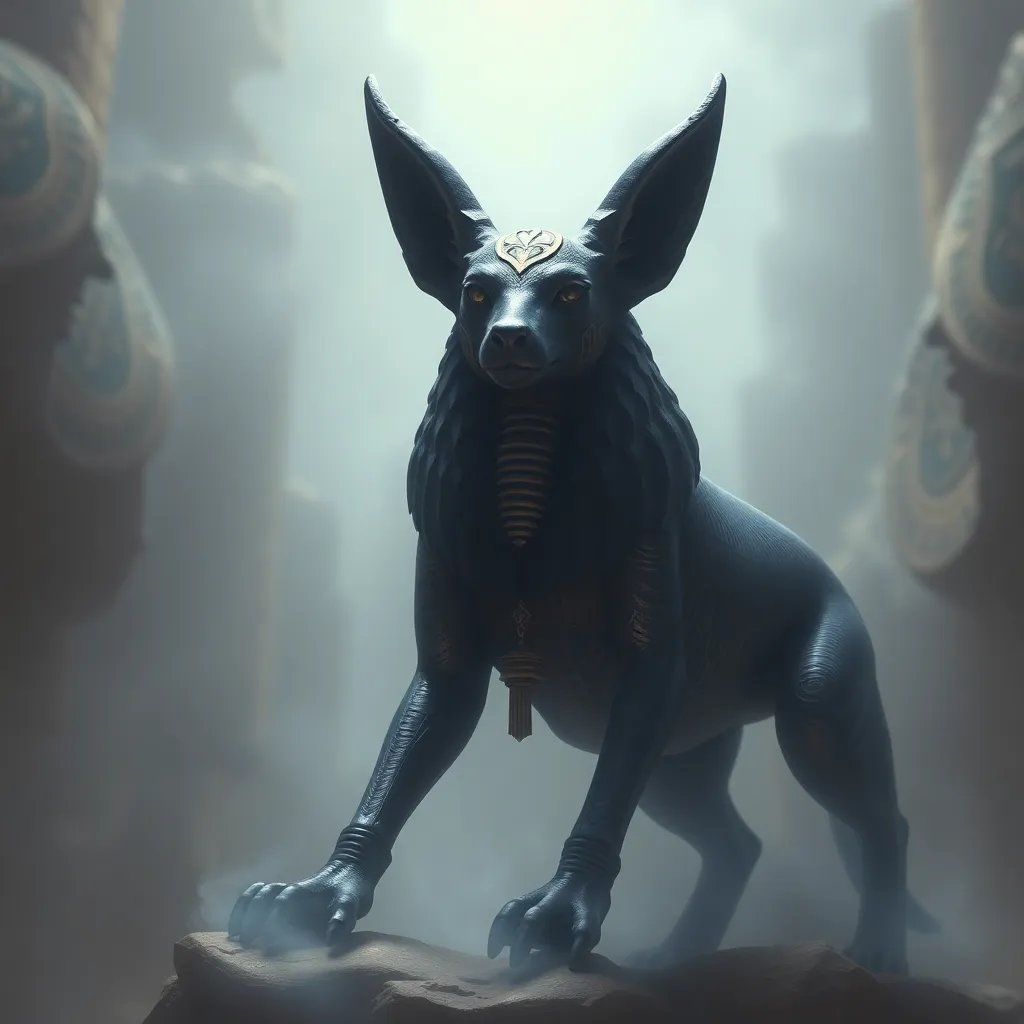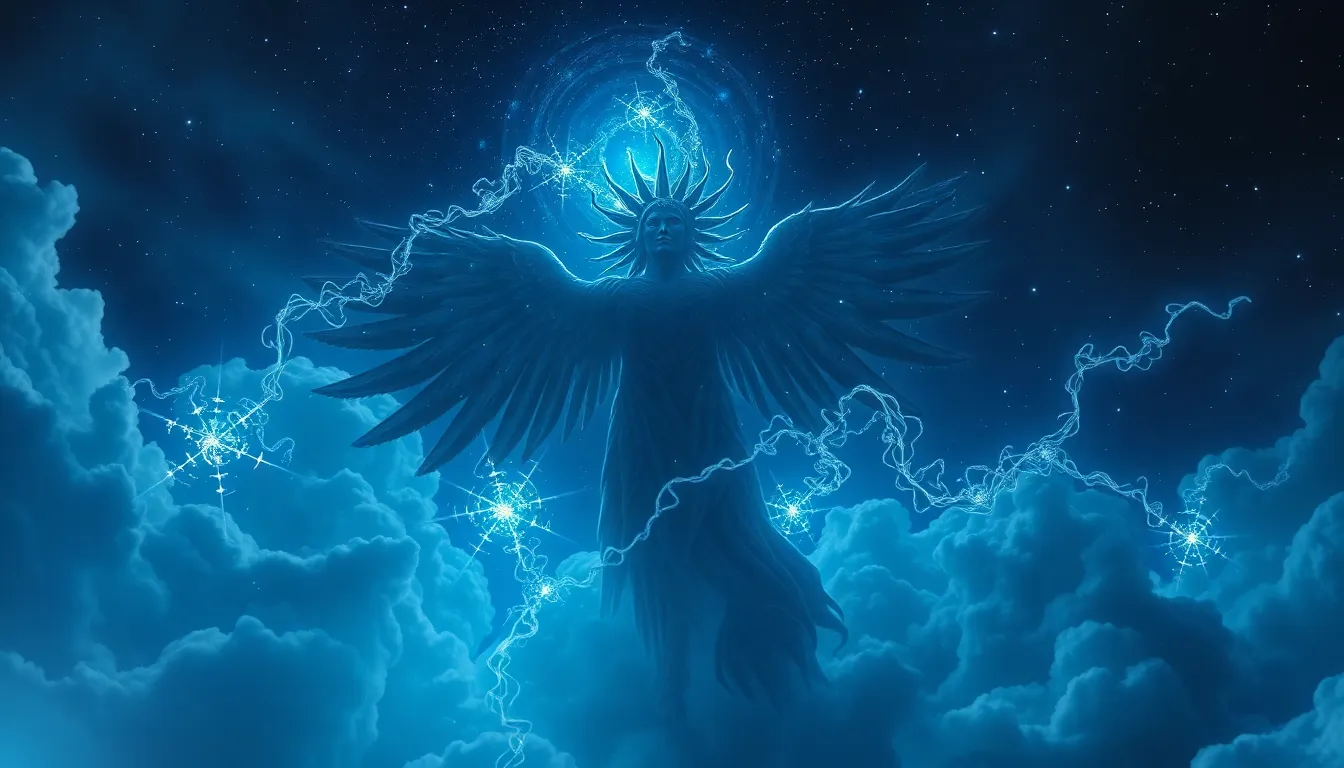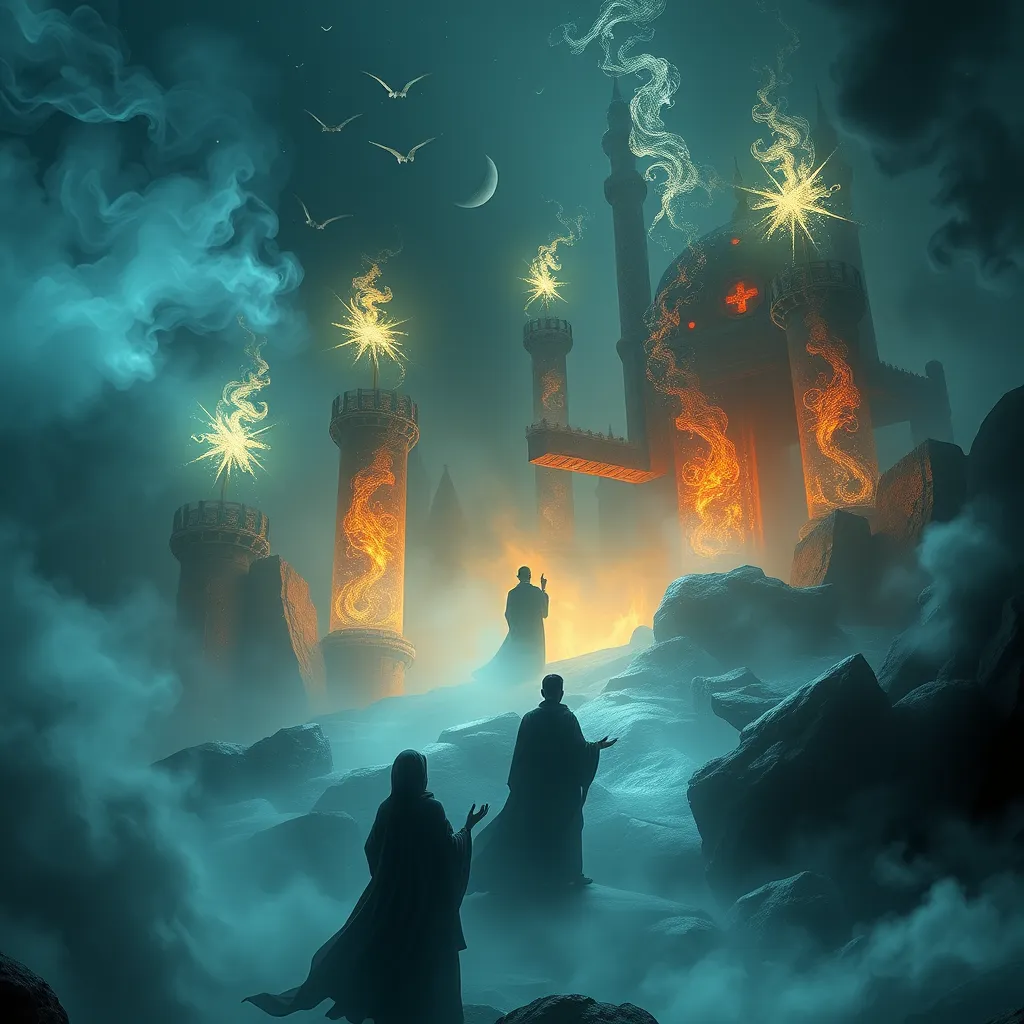Anubis and the Concept of Immortality: Exploring the Afterlife in Egyptian Beliefs
I. Introduction
Anubis, the ancient Egyptian god often depicted with the head of a jackal, holds a central place in Egyptian mythology, particularly in relation to the afterlife and the concept of immortality. As a key figure in funerary practices, Anubis embodies the ancient Egyptians’ deep-seated beliefs about death and what lies beyond. The importance of immortality in ancient Egyptian culture cannot be overstated; it shaped their rituals, art, and even their societal structure. This article aims to delve into the intricate connection between Anubis and the beliefs surrounding the afterlife, highlighting his role and significance in these age-old traditions.
II. Historical Context of Anubis
A. Origins and evolution of Anubis in ancient Egyptian religion
Anubis’s origins can be traced back to the early dynastic period of ancient Egypt. Initially, he was associated with the dead and the funerary rites before evolving into a more prominent deity. By the time of the Middle Kingdom, Anubis was recognized as the god of mummification and the protector of graves, reflecting the growing complexity of Egyptian religious beliefs.
B. Anubis’s role in funerary practices and the mummification process
Anubis played a critical role in the mummification process, overseeing the embalming of bodies to ensure that the deceased could successfully transition to the afterlife. His involvement was crucial in preserving the physical form for eternity, as the ancient Egyptians believed that the body needed to be intact for the soul to live on.
C. Symbolism associated with Anubis (e.g., jackal imagery)
The jackal, an animal often associated with cemeteries and the dead, symbolizes Anubis’s protective nature. This imagery served as a reminder of his guardianship over the souls of the deceased, as jackals would scavenge around burial sites. Their presence reinforced the idea that the dead required protection in their journey to the afterlife.
III. The Egyptian Concept of the Afterlife
A. Overview of ancient Egyptian beliefs regarding life after death
The ancient Egyptians held a firm belief in an afterlife, viewing death not as an end, but as a transition to a different existence. This belief was deeply intertwined with their views on immortality and the continuation of the soul beyond earthly life.
B. The significance of the “Weighing of the Heart” ceremony
One of the most significant aspects of the afterlife was the “Weighing of the Heart” ceremony, where the heart of the deceased was weighed against the feather of Ma’at, the goddess of truth and justice. A heart that was lighter than the feather indicated a life lived in accordance with Ma’at, allowing the soul to enter the afterlife. Conversely, a heavier heart signified a life of wrongdoing, leading to obliteration.
C. The journey to the afterlife and the role of the Duat (underworld)
The journey to the afterlife was fraught with challenges, and the Duat, or underworld, was a realm that the deceased had to navigate. This journey involved various trials and encounters with deities and mythical creatures, emphasizing the importance of Anubis as a guide and protector along the way.
IV. Anubis’s Role in the Afterlife
A. Guardian and protector of the dead
As the guardian of the dead, Anubis ensured that the deceased were safely escorted to the afterlife. His protective role was vital in safeguarding the souls from malevolent forces that could disrupt their journey.
B. Functions as the guide for souls in the afterlife
Anubis was also known as the “Guide of Souls,” leading them through the trials of the Duat. His knowledge of the underworld made him an essential figure for those navigating the afterlife.
C. Relationship with other deities in the afterlife (e.g., Osiris)
In the realm of the afterlife, Anubis had significant interactions with other deities, notably Osiris, the god of the afterlife. Anubis prepared the body for Osiris, who was seen as the ultimate judge of the dead. This relationship further emphasized the interconnectedness of Egyptian deities in the context of death and rebirth.
V. Immortality in Ancient Egyptian Beliefs
A. The pursuit of eternal life and its implications
The pursuit of eternal life was a central tenet of ancient Egyptian society. This quest influenced their architecture, such as the construction of grand tombs, and their practices, including the mummification of bodies.
B. The role of tombs, artifacts, and offerings in achieving immortality
Tombs were seen as gateways to the afterlife, filled with artifacts and offerings intended to assist the deceased in their journey. These items were believed to provide comfort and sustenance in the afterlife, ensuring the soul’s immortality.
C. The concept of ka, ba, and akh in the context of the soul’s immortality
Ancient Egyptian beliefs about the soul were complex, involving three key components: the ka (life force), the ba (personality), and the akh (transformed spirit). The harmony and balance of these aspects were essential for achieving immortality.
VI. Anubis in Art and Iconography
A. Representation of Anubis in ancient Egyptian art
Anubis is frequently depicted in ancient Egyptian art as a figure with a jackal head, often standing over mummies or in the presence of the deceased. These representations served both religious and decorative purposes, reinforcing his role as a protector.
B. Analysis of significant artifacts featuring Anubis
- The Canopic Jars: Often decorated with Anubis imagery, these jars held the organs of the deceased, symbolizing protection in the afterlife.
- The Anubis Shrine: Found in many tombs, this shrine depicted Anubis performing rituals, showcasing his vital role in funerary practices.
- Wall Paintings: Many tombs featured paintings of Anubis guiding souls, illustrating the journey to the afterlife.
C. The impact of Anubis’s imagery on modern interpretations of ancient beliefs
The imagery of Anubis has transcended time, influencing modern interpretations of ancient Egyptian beliefs. His figure continues to captivate artists, writers, and filmmakers, often symbolizing the mysteries of death and the afterlife.
VII. Modern Interpretations and Influence
A. The legacy of Anubis in contemporary culture and media
Anubis’s legacy can be seen in various forms of contemporary media, from movies to video games, where he often represents themes of death, judgment, and protection. His character is frequently portrayed as a mysterious yet benevolent figure, aligning with ancient perceptions.
B. How ancient Egyptian beliefs about the afterlife resonate today
Ancient Egyptian beliefs about the afterlife continue to resonate in modern spirituality and metaphysical practices. The search for meaning in life and death, along with the desire for immortality, reflects a timeless human concern that transcends cultures and eras.
C. Anubis’s role in modern spiritual and metaphysical practices
In contemporary spiritual practices, Anubis is sometimes invoked as a guide for those exploring the mysteries of life and death. His symbolism is employed in rituals and meditations aimed at connecting with the afterlife, reflecting the enduring impact of ancient Egyptian beliefs.
VIII. Conclusion
In summary, Anubis stands as a significant figure in ancient Egyptian beliefs about immortality and the afterlife. His role as a guardian, protector, and guide underscores the Egyptians’ profound understanding of death as a transition rather than an end. The lasting impact of these beliefs offers valuable insights into our understanding of life and death, inviting further exploration of ancient Egyptian mythology and its relevance in today’s world.
https://www.youtube.com/watch?v=rfuGG2FNpB4



